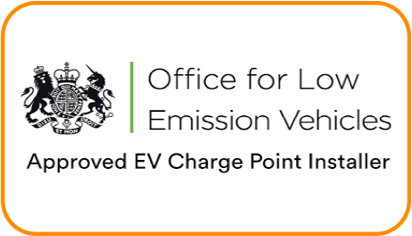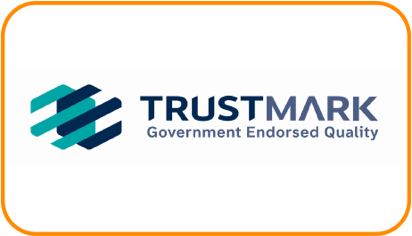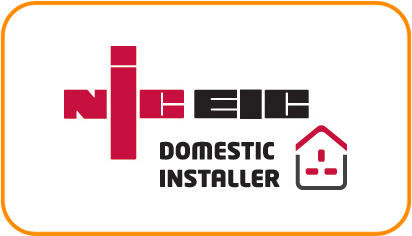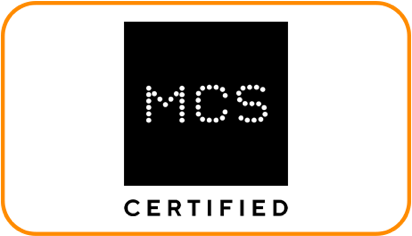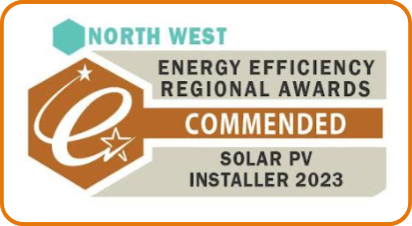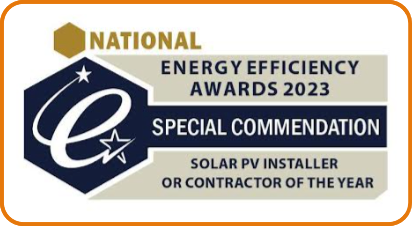If you’re new to the world of solar energy, it can be quite easy to be lost and confused with terminology, applications and so much more! But fear not, as we’ve put together this simple guide that tells you all you need to know about the elements of solar energy including G98 applications and G99 applications. Let’s dive right in.
Who’s the District Network Operator (DNO)?
The District Network Operator is a company that owns and distributes electricity and gas from the National Grid to both commercial and domestic properties. Depending on the geographical area your property is in, the DNO will vary. There are 14 different District Networks, or DNO regions, that operate within the UK, however, 14 of these regions are managed by six operators. They are responsible for the network of towers, transformers, cables, and meters that distribute energy to the properties.
What is a DNO solar application?
A DNO solar application refers to the process of submitting an application to a Distribution Network Operator (DNO) for the connection or modification of electrical infrastructure to the local distribution network. The DNO solar application is typically made by individuals, businesses, or organisations seeking to connect renewable energy sources, such as solar panels or wind turbines, to the grid or to make alterations to the existing electrical connections.
How Do I Get a DNO Letter?
To acquire a DNO (Deed of Non-Objection) letter for installing solar panels, start by researching local regulations and utility company requirements. Then, submit a formal application detailing your proposed solar panel installation plans, including system specifications and any relevant technical information. Coordinate with your utility provider to ensure compliance with grid connection standards and safety protocols. Upon approval, the utility company will issue the DNO letter, confirming their non-objection to the solar panel installation and grid connection, facilitating a smooth and lawful process.
What is a G98 application?
A G98 is an application process for any integrated microgeneration and storage units that are a generation of up to 16A (3.68Kw). When installing microgeneration at a single premises, the installation can be carried out, but the DNO must be notified within 28 days of commissioning the system. It is important to note that G98 applications can take up to 8 weeks to come back as approved.
What is a G99 application?
The G99 application is a process for any integrated microgeneration and storage units that are a generation over 16A (3.68kW). G99 is the regulation surrounding the connection of any form of generation device that runs in parallel or synchronised with the main electrical utility grid. When submitting the highly complex application to the DNO, additional information is required from you such as a signed letter of authority and site plans, as well as a connection design created by us that must be accurate. Depending on the specifics of the G99 application, it can take anywhere from 10 up to 45 working days to come back as approved (may be subject to cost for connection depending on the size of the system).
Why has the DNO limited my exports?
The DNO requires that no more than the predetermined amount of electricity can be exported back to the grid. The DNO can request that the system must have an export limitation device in place and this is so large amounts of surplus energy can’t be sent back to the National Grid and affect the surrounding cabling. This is because it can only handle a predetermined amount set by the DNO.
What is an export MPAN?
An export MPAN is a Meter Point Administration Number which is a unique 13-digit reference relating to the export of electricity from a premises. To be eligible for exporting renewable energy from the property to the National Grid, a Smart Export Guarantee (SEG) export tariff must be in place with the energy provider and your property must have an export MPAN.
Where can I retrieve my export MPAN?
Once your solar PV system has been installed at the property and commissioned, the DNO is notified. Once you decide you want to start exporting renewable energy back to the grid, you will have to apply for the SEG. The energy provider should then contact the DNO to request an export MPAN.
What is a Smart Export Guarantee?
A Smart Export Guarantee (SEG) is a scheme that was put in place by the government that pays property owners for the renewable electricity that they export back to the grid. This was introduced back in 2019 to replace the feed-in tariff (FIT) scheme, which also paid for renewable energy that property owners generated and then exported back to the grid.
How to sign up for an SEG tariff
Signing up for a SEG tariff should be done through the chosen energy provider for the property. They will request a copy of two different documents and these are the MCS certificate and the DNO acceptance letter. The MCS certificate will be issued to you in your handover pack and this will be sent once all relevant documentation is signed and any outstanding balances have been settled, after the installation of your solar PV system. The DNO acceptance letter is usually sent via email and this will be forwarded to you following the installation.
Get in touch for further information
We hope we’ve given you a better understanding of the key elements of solar energy. Suppose you’re still unsure about anything explained above. In that case, if you have any questions relating to your existing solar panel system, or you’re ready to take the step and invest in solar energy, don’t hesitate to contact our expert team today who are always on hand to answer any questions and queries you may have.




